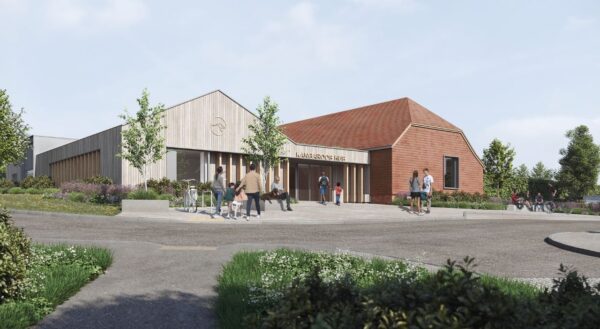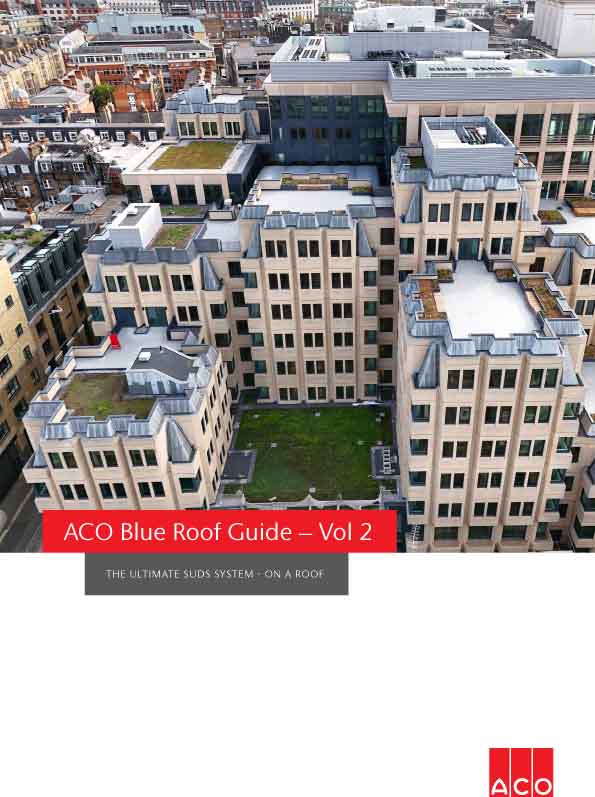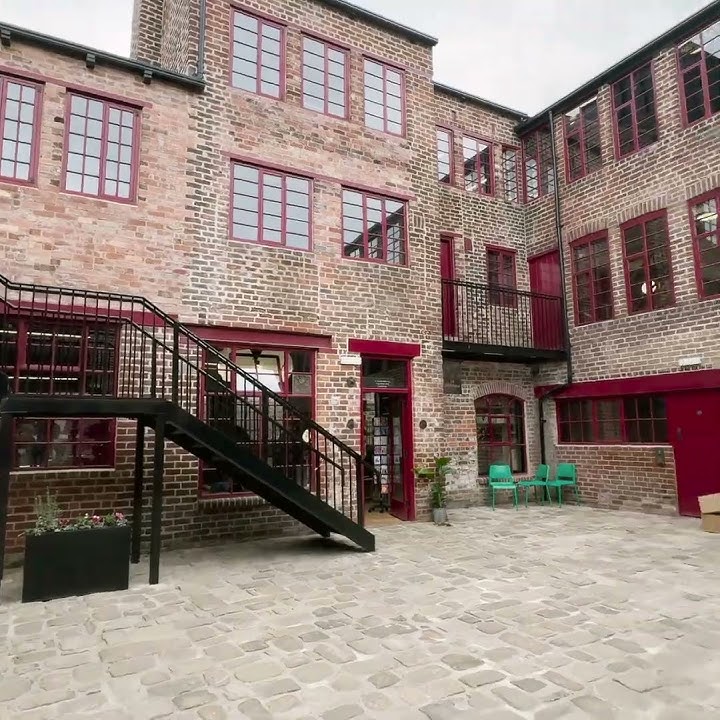Just five local authorities in England have landowner s106 agreement templates for biodiversity net gain (BNG) sites.
The data has been collected by the law firm BDB Pitmans following freedom of information requests to all 317 local and 10 national park authorities in England.
Although some local authorities appear prepared, this data suggests, says BDB Pitmans, a worrying lack of preparedness amongst many local authorities that could act as a brake on residential development.
In total 315 local and national park authorities replied to the FOI with just Buckinghamshire Council, Devon County Council, Dorset Council, Warwickshire County Council and the Broads National Park having landowners s106 agreement templates in place. A further 25 local authorities told the firm that they are currently in the process of preparing templates.

Angus Walker, a Partner and planning law specialist at BDB Pitmans who made the FOI requests said: “Of the five local authorities with landowner s106 agreement templates, four are county councils that do not normally get involved with planning responsibilities and appear to have taken on responsibility for BNG on behalf of their districts.
“Worryingly, at least 30 local authorities appear not to understand that a landowner s106 agreement does not relate to a planning permission, believing such agreements are part of a planning application.
“We recognise that the BNG regime is still in its infancy, but the results of this FOI request do suggest that local authorities are at best not fully prepared or, worse, that they do not understand the regime at all.”
All planning applications for development that affect over 25sqm of habitat are now required to demonstrate a biodiversity net gain of at least 10%. Where that gain cannot be achieved on-site, developers must look elsewhere, either buying expensive BNG credits from the government or contracting with a third-party landowner who will provide that gain over the required 30-year period.
Landowners wishing to put forward land for BNG schemes must either obtain a landowner s106 agreement from a local authority or enter into a conservation covenant with a registered third-party provider, called a ‘responsible body’.
The FOI request also asked the 317 local authorities and 10 national park authorities whether they had named biodiversity officers in place. 128 authorities told the firm they did, with the remaining authorities stating that it would be covered by planning officers.
Walker adds: “Local authorities have had quite some time to prepare for the BNG regime and it will be of concern that so few are at a point that developers and landowners would expect. With local authorities expecting some 19,000 applications a month with a BNG obligation, this lack of readiness will inevitably slow down an already challenged planning process.
“The good news is, however, that we would expect local authorities to rapidly improve their BNG obligations, with greater process and efficiency as applications are received and progressed.”




















